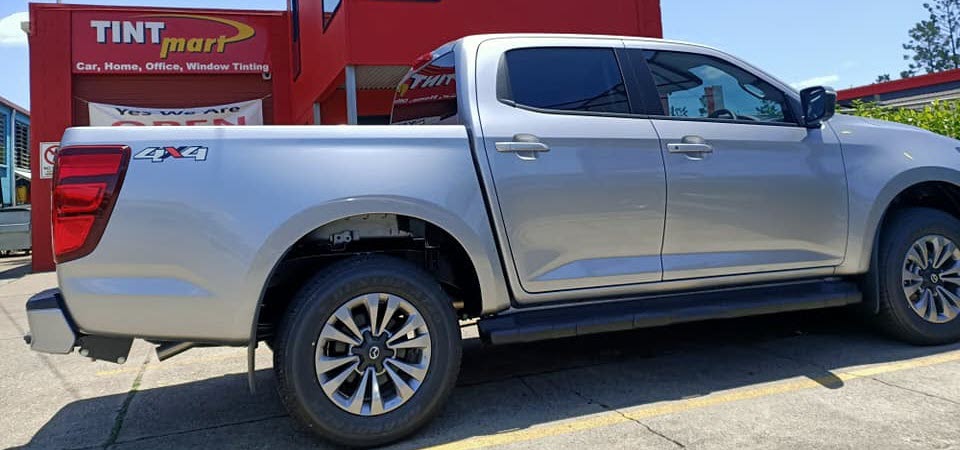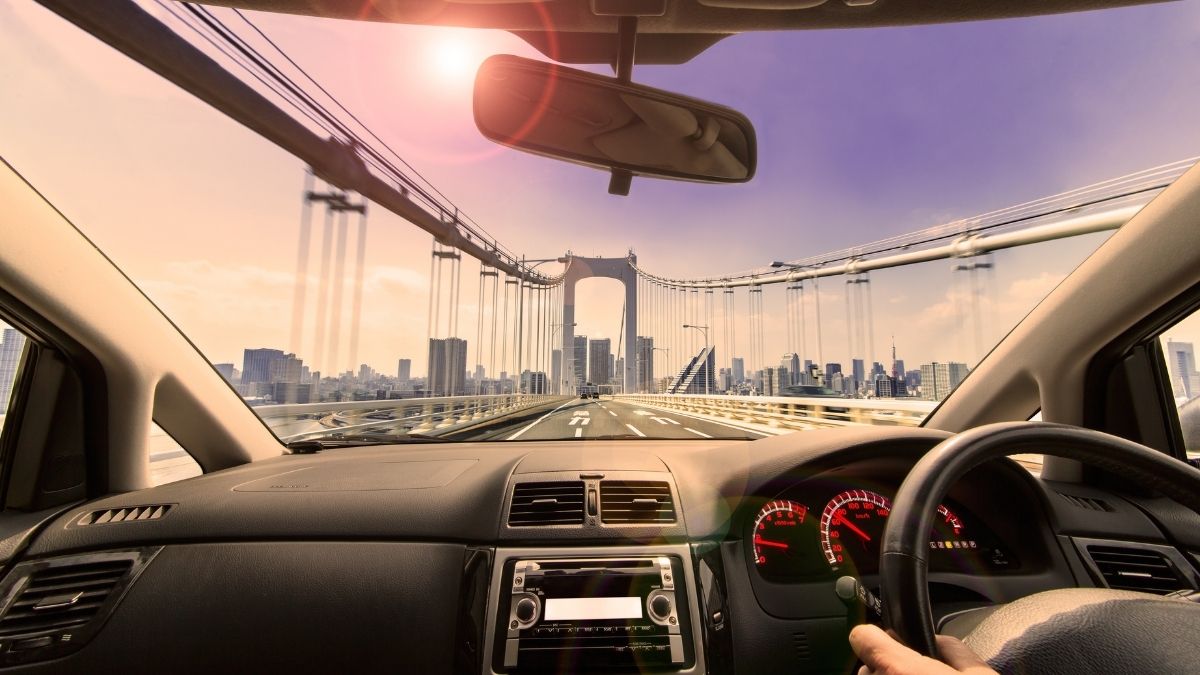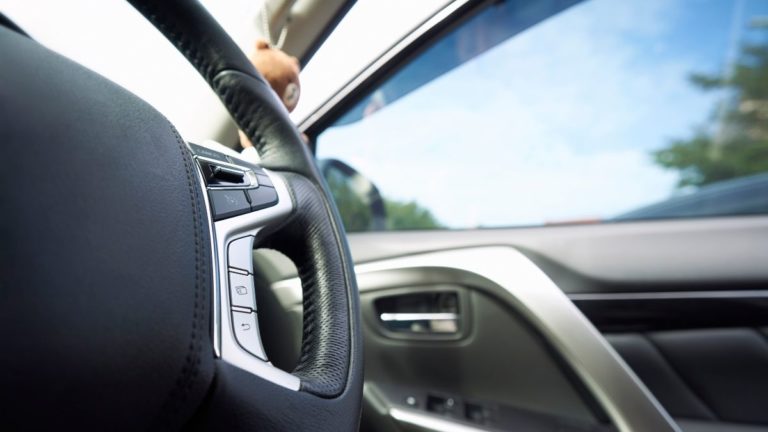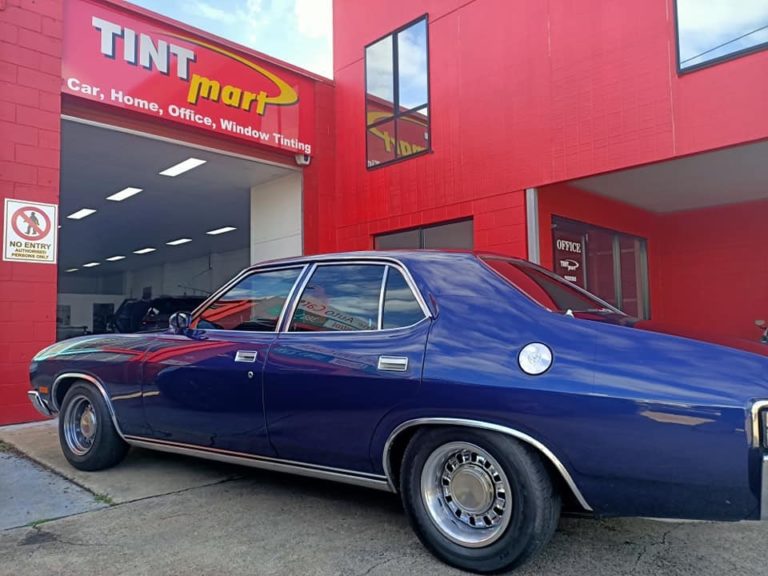Window Tint Laws in Australia: State by State Overview
Before tinting your windows, it’s not enough to just choose the best service that does a good job. Complying with the laws can be a real headache and it could even land you a hefty fine if you don’t abide by the rules!
Furthermore, it’s not enough to just check the restrictions in your area. You need to make a list of all the places you MAY need to visit, and check their regulations too!
Window Tint Laws in Australia: Key Considerations
In Australia, there are many different numbers you will come across when looking for the right window tint for your car or house.
However, two in particular need to be checked closely: VLT (Visible Light Transmission) and Reflectivity.
VLT measures how much light passes through. A lower number means that less light is allowed into the car while an increased one would allow more of it inside.
You should make sure these measurements fall within legal limits based on where you live, but also the windows themselves. VLT is not the same for front and rear windows!
On the other hand, reflectivity shouldn’t cause much headache. Wherever you live or are traveling to (except for New South Wales), the number is the same: 10%. So, if you were eyeing mirror tints, we have to disappoint you: it’s impossible in Australia!
New South Wales is the only exception: they don’t allow reflective tint at all.

But are there any restrictions when it comes to tinting your house windows?
Nope! That’s just a matter of personal taste and has nothing to do with safety.
Front vs Rear Windows VLT Percentage
Drivers are required to have a clear view of the road at all times. That’s why front windows must let more light through than the rear ones! And one can hardly complain about it. It’s a matter of safety!
The windscreen regulations are fairly strict wherever you live: you can only tint 10% of your windscreen’s surface (above the top of wipers). That much is enough to reduce the glare, among other pros. Anything more than that could reduce visibility.
There’s an exception on that account too: in Western Australia, windscreen tint is not allowed at all. Not even at the top 10% of the surface.
Here are the VLT percentages for windscreen, side and rear windows:
- Windscreen: 70-75%
- Front side: 35%
- Rear: 15-35%
Darkest Tint Legal in Australia: State and Territory Overview
As you’ll see from this table, windscreen tint is almost universally capped at top 10% of the surface. Rear and side windows will vary in VLT percentage, whereas reflectivity is mostly limited to 10%.
But there’s another thing you also need to bear in mind. Even if your window tint percentages comply with local restrictions, you’ll still get fined if the tint is damaged in any way. There’s zero tolerance for bubbles or peeling! So, choosing a good tinting service is a must.
| Territory/State | Windscreen | Front Side | Rear Side | Rear | Reflection Limitations |
| Australian Capital Territory | Top 10% of the surface only | 35% | 20% | 20% | Up to 10% |
| New South Wales | Top 10% of the surface only | 35% | 20% | 20% | No reflection allowed |
| Northern Territory | Top 10% of the surface only | 35% | 15% | 15% | Up to 10% |
| Queensland | Top 10% of the surface only | 35% | 20% | 20% | Up to 10% |
| South Australia | Top 10% of the surface only | 35% | 20% | 20% | Up to 10% |
| Tasmania | Top 10% of the surface only | 35% | 20% | 20% | Up to 10% |
| Victoria | Top 10% of the surface only | 35% | 35% | 35% | Up to 10% |
| Western Australia | No windscreen tint allowed | 35% | 20% | 20% | Up to 10% |
Now, you can print out this table and carry it with you, or you can remember 4 key takeaways:
- Wherever you live or travel, don’t go over 35% VLT for your front side windows.
- ALL states and territories allow the top 10% of your windscreen surface (above the wipers) to be tinted EXCEPT for WA.
- ALL states and territories allow 20% VLT for rear and back side windows EXCEPT for Victoria, which allows 35%.
- ALL states and territories allow 10% reflectivity except for NSW, where it’s illegal altogether.
If you are not sure whether your tint complies with the window tint laws or what tint would be okay for you, drop us a note and we’ll be happy to help!
Frequently Asked Questions
Can you tint front windscreens in Australia?
Yes! In fact, you can do it anywhere except for Western Australia, as long as you only tint less than 10% of the windscreen surface above the wipers.
What is the darkest legal tint in NSW?
35% VLT for the front side windows, 20% for the rear side and rear windows.
Is 35 or 20 tint darker?
The rule is simple: a lower number means darker tint! So yes, 20% is darker than 35%. It will only let 20% of the light in.
Do tinted windows affect visibility at night?
If you keep your tint within legal limits, your visibility at night won’t be affected. Conversely, if you overdo it, not only will you get in trouble with the law, but it might be downright unsafe!




